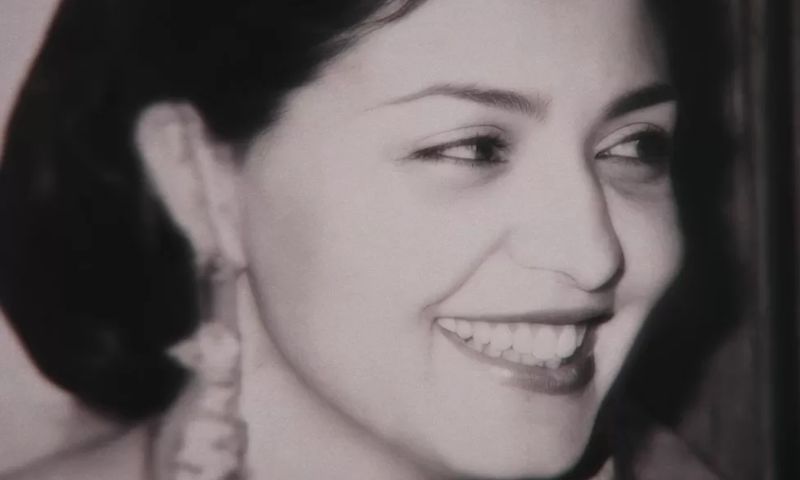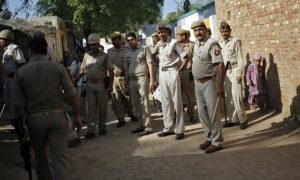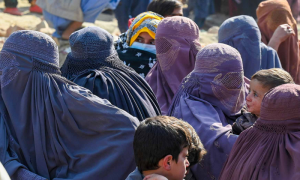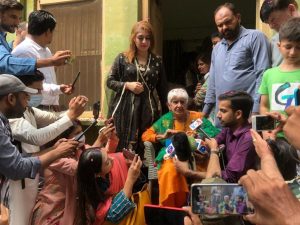NEW DELHI: Shakereh Khaleeli, “rich and beautiful” who belonged to one of the most aristocratic families in the southern Indian state of Karnataka, went missing in 1991, and it seemed like the wealthy heiress vanished into thin air.
For three years, her second husband – Murali Manohar Mishra, also known as Swami Shraddhananda – made up fantastic stories about her whereabouts. But in 1994, her remains were dug out from under the courtyard of their stylishly luxurious home in the city of Bengaluru (then Bangalore). Khaleeli had been drugged, packed in a wooden coffin and – it was later revealed – buried alive, BBC News reported.
The trial court, in 2003, convicted Shraddhananda for the murder and awarded him the death penalty, which the high court later upheld. The courts agreed to the argument that he had pursued and married Shakereh Khaleeli for her wealth and properties worth billions of rupees.
During Shraddhananda’s appeal, the Supreme Court of India called it a case of “a man’s vile greed coupled with devil’s cunning”, but commuted his sentence to life imprisonment “without remission”. Last week, the apex court refused to entertain his plea for parole.
The sensational crime that jolted India over 30 years ago is the subject of a new web show being streamed on Amazon Prime Video called ‘Dancing on the Grave’ – named so because of the dance parties her second husband Shraddhananda reportedly held in the house courtyard where his wife lay buried.
Producer of ‘Dancing on the Grave’ Chandni Ahlawat Dabas of India Today Originals Production says there were “whats, whys and hows” around this crime that still looked unbelievable. “Despite being 30 years old, we felt that this was a crime that needed to be shared because it’s such a mystery even today,” she added.
The series on the murder – and the murderer – fails to answer all the questions, but it’s a riveting watch and has sparked a lot of attention in the country. Shraddhananda still denies the crime. The first two episodes of the four-part series are about Shakereh Khaleeli’s life.
The granddaughter of Sir Mirza Ismail – who served as the Dewan of the princely states of Mysore, Jaipur, Bangalore, and Hyderabad and is credited with building several landmark buildings and monuments – Shakereh Khaleeli was married to the dashing diplomat Akbar Khaleeli and was mother to four girls.
Family members describe her as “a charming, larger-than-life character” who was “fond of vintage cars, very loving, very social, and loveable”. But in mid-1980s, she met Shraddhananda and her life took a sharp turn.
BBC Hindi’s Imran Qureshi, who at the time worked for the ‘Times of India’ newspaper in Bangalore and features in the docuseries, remembers “the murder shocked people primarily because of the manner in which she was killed – the fact that she was buried alive”.
The crime also became the talk of the town because, he added, Shakereh had married a man like Shraddhananda after divorcing her first husband. In press clippings from the time, Shraddhananda was described as a school dropout from a poor family, an “errand boy” and a “fake holy man” who endeared himself to Shakereh by helping resolve some of her property matters and “exploiting her desire to have a son by claiming magical powers”.
Reports said that their relationship began to unravel soon after their marriage in 1986 and that the two quarrelled frequently, mostly over money matters, that led to Shraddhananda plotting to execute his wife in such a grisly manner.
But despite the fact that he was found guilty by a total of eight judges from India’s trial court, the high court and the Supreme Court, his lawyer insists that the evidence against him at best is circumstantial – and in the web series, we hear from Shraddhananda himself who still denies his crime.
























